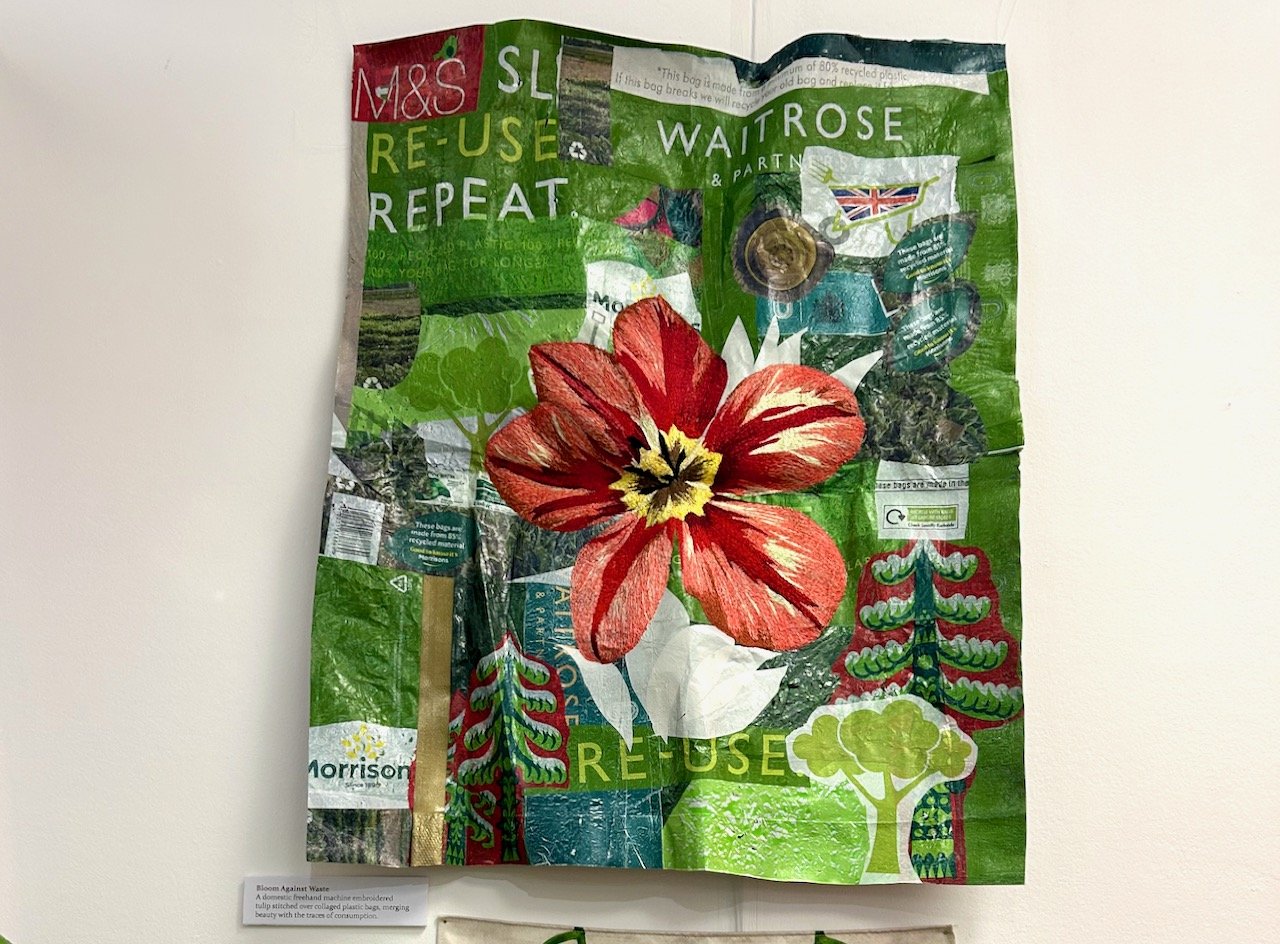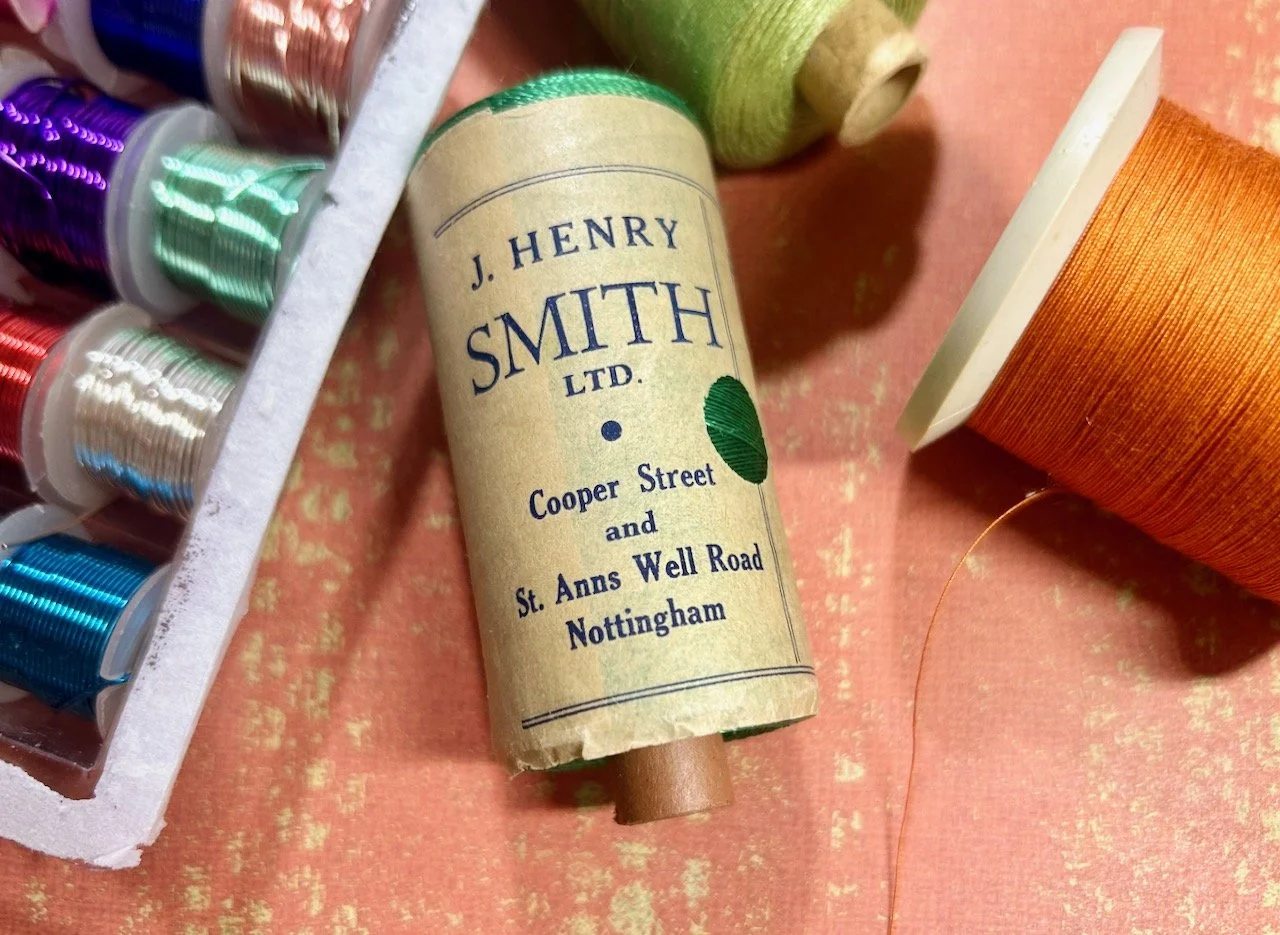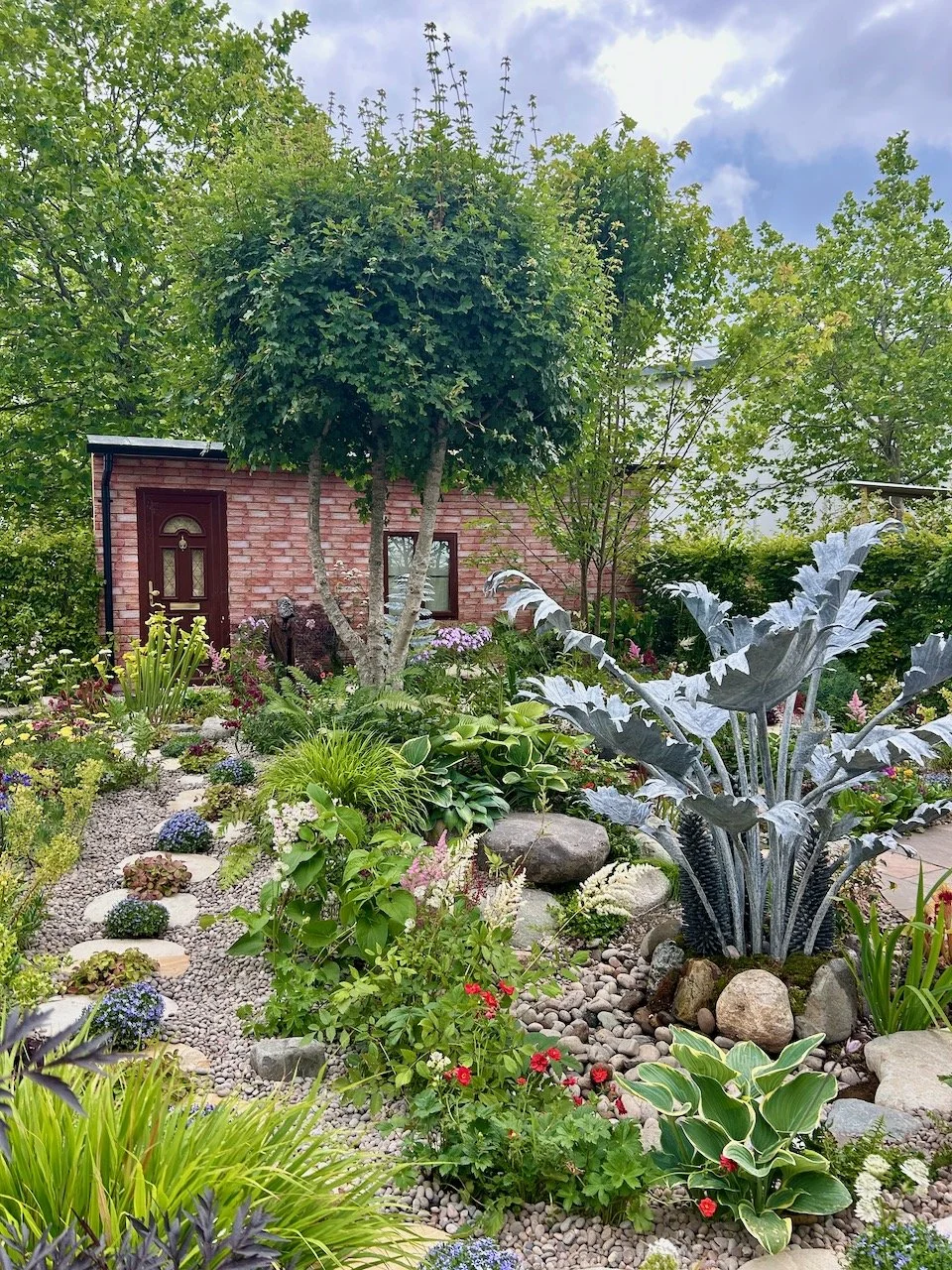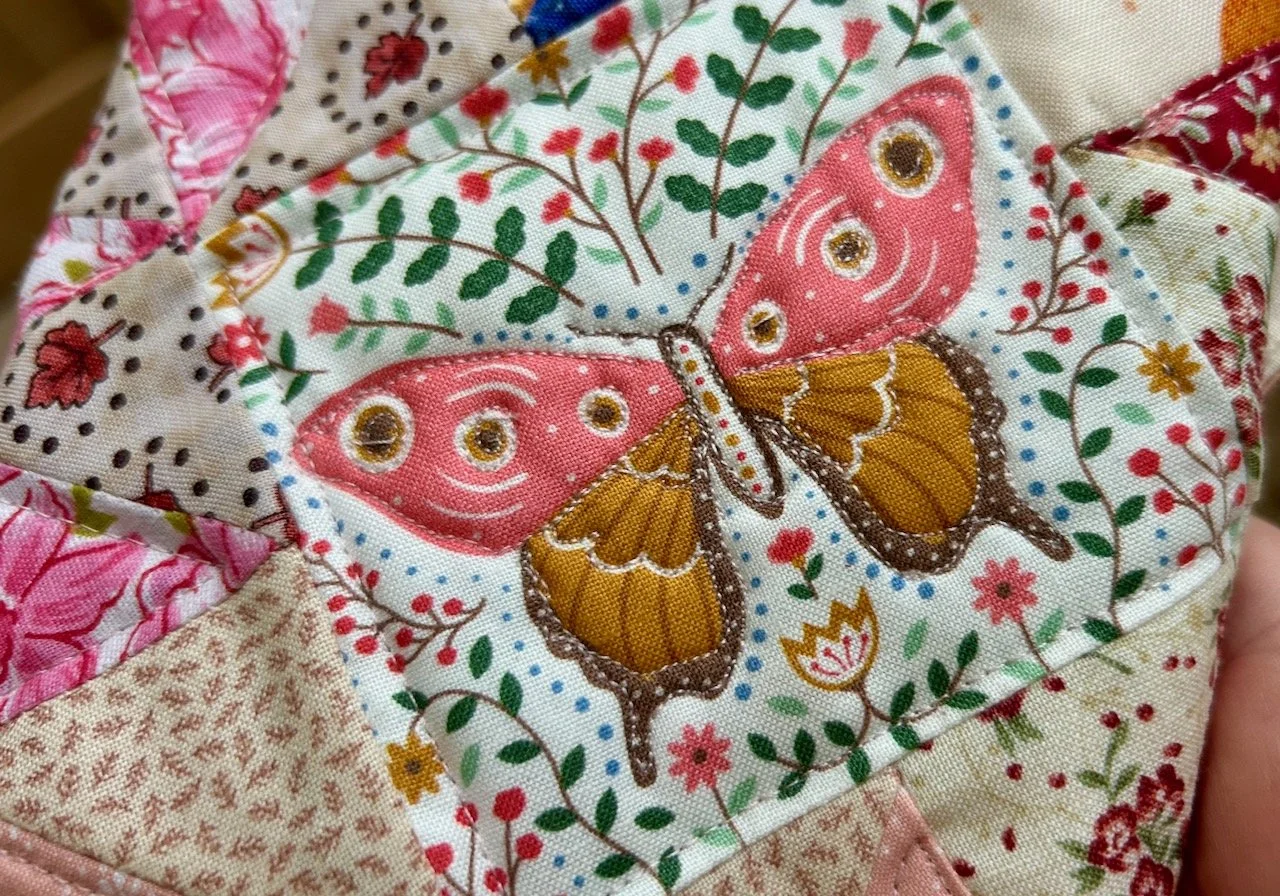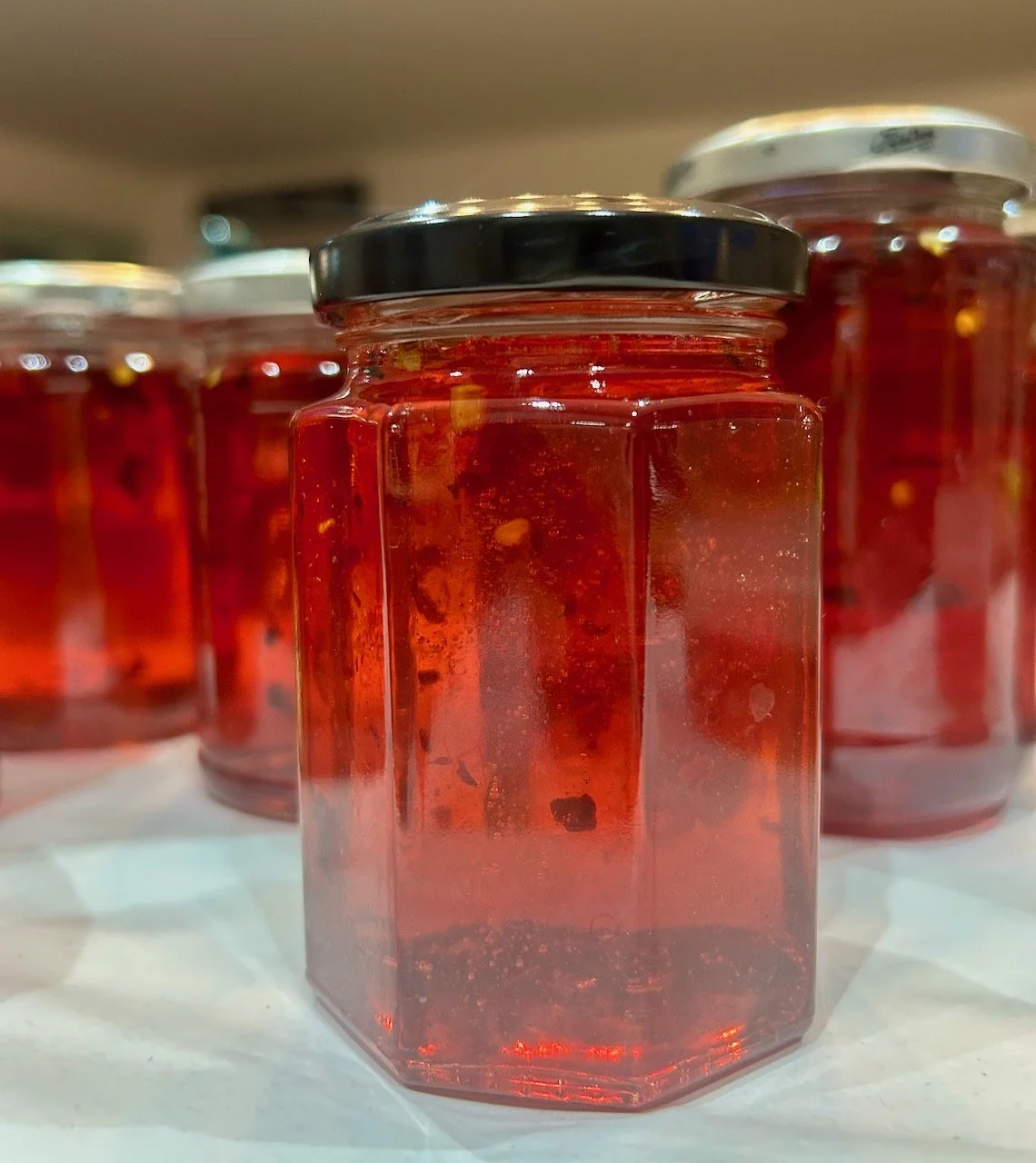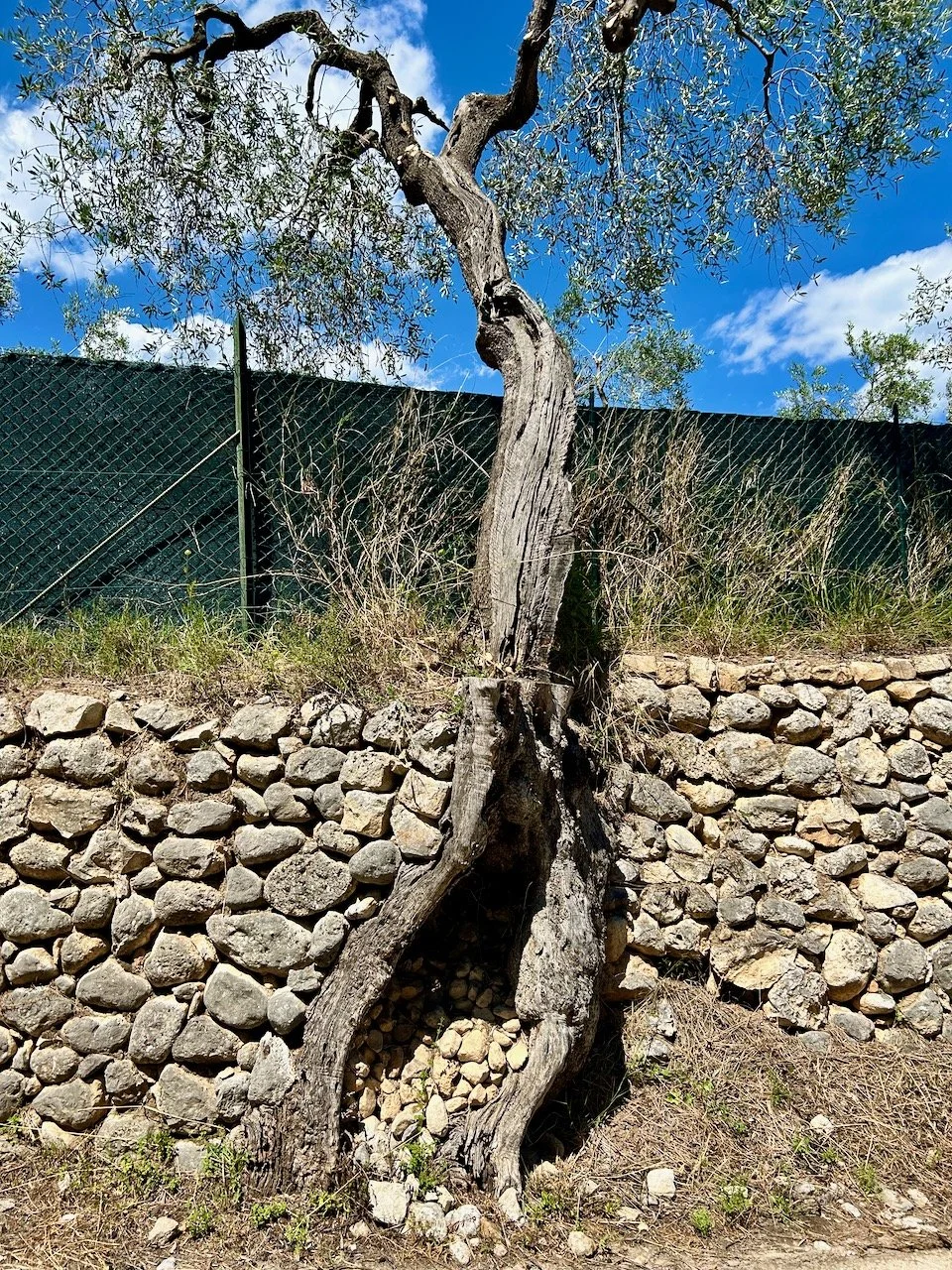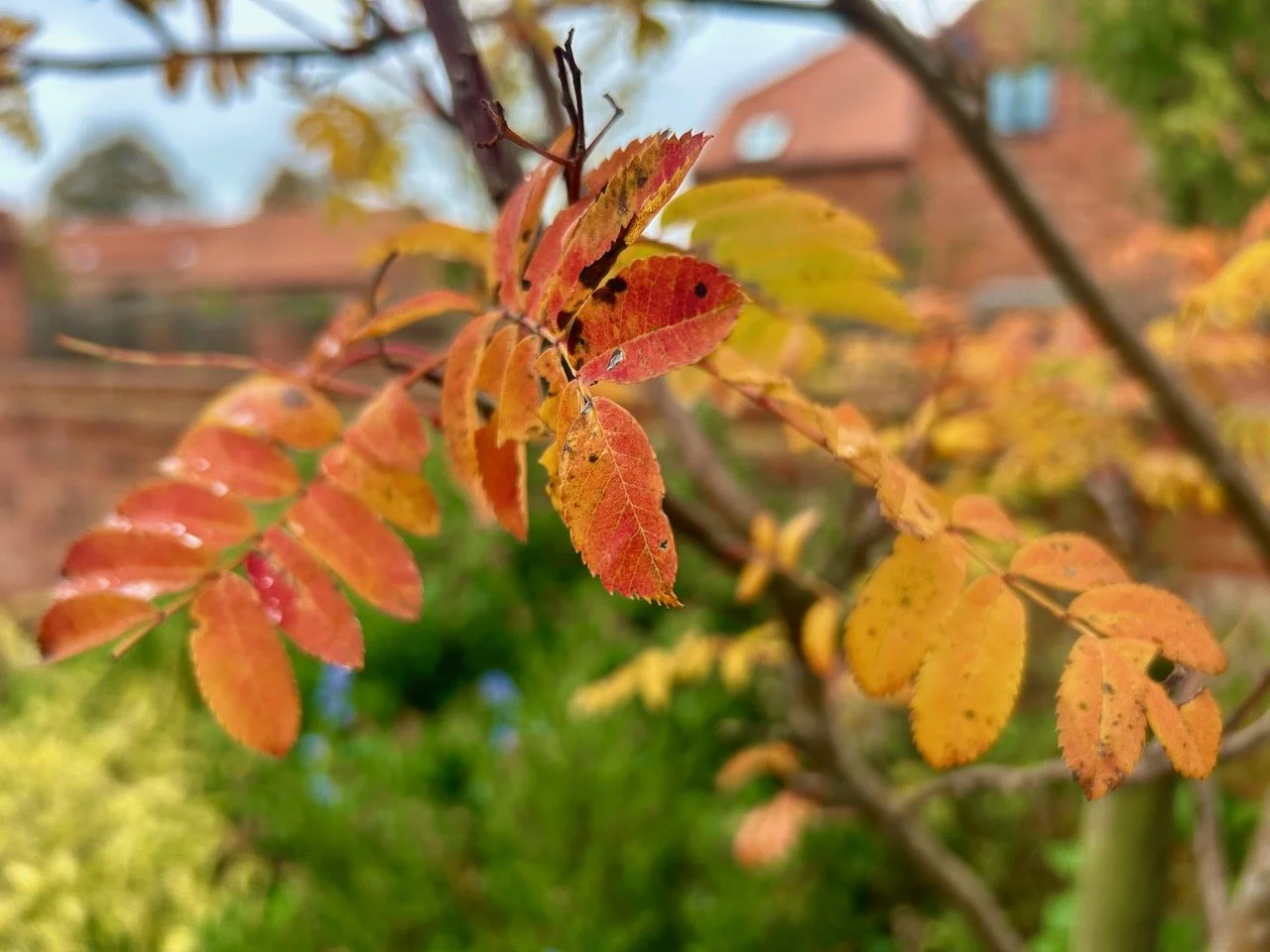We've had our allotment for two years now - I know - it's gone quickly, and yet I still don't think we've mastered our plot. It still has the upper hand, and the weeds which I've said before are our best crop, have been joined by poppies, our second best crop.
I thought today would be a good time to look back and see what we've learnt, how we've adopted our approach to allotting and what we'd do differently if we were to start again today.
The excitement of starting out
It seems a long time ago since we excitedly (me) and unhurriedly (him) headed over to our allotment for the very first time. I was determined that we'd spend a full day there getting to know our new space and we quickly learnt there was a lot of work to do. But undeterred, and knowing when he was beat, we dug and dug and dug and even managed an ice cream as refreshment, as well as planting out some purple sprouting broccoli.
DAY 1 ON THE PLOT, A DAY FULL OF DISCOVERIES
It was a great first day and we were full of the joys that only new plot holders can have. We had big plans and fairly quickly realised we'd need some compost bins and somewhere to store our tools. The compost bins were easier to source, especially when I drove past a skip with a stack of pallets alongside it and house owners that were happy for me to help them out.
TWO COMPOST BINS MADE FROM PALLETS
We also learnt that digging can be therapeutic, and of course there was the weed off!
Crops to be proud of
We've had kilos of broad beans, a cauliflower as big as my head and plenty of sweet peas and sunflowers which kept us in cut flowers. I also used some of the globe artichokes from that rogue artichoke plant under the crab apple tree that continues to thrive as a cut flower. One year - hopefully this year - we'll master harvesting them at the right time and how to prepare them too. Later in the year there were turnips and I had a good crop of tomatoes, strawberries and raspberries too.
SUNFLOWERS: AND PLENTY OF FREE SEEDS TOO
Without the successes of taking home produce we'd grown, I think our enthusiasm would have waned much more quickly, so for us, it has definitely been the right approach to try and tame our plot section by section.
And those sunflowers, I saved a couple of the heads and have a whole sunflower farm currently growing in the greenhouse, so they are a great crop to grow!
After a long, cold and inactive winter
When we checked in with the allotment in April this year and found it covered in weeds, we hit a low of almost despondency. The areas we'd weeded at least three times before needed clearing again and it seemed to be never ending. And that's probably true, I think I read somewhere once that it is likely to take seven years to be completely weed free - but true to form the amount of weeds and this year poppies too, couldn't get me down for long. I needed a plan!
Shortly after we watched a Gardener's World episode where Monty paid tribute to Geoff Hamilton and how he'd pioneered organic growing methods when it really wasn't the done thing and we learnt about the no dig approach. We paused that part of the programme and watched and re-watched it many times, both realising this could be something that would help us. And a plan began to form.
But for it to work we'd need to add raised beds, something that we'd resisted before, and because we didn't quite believe it would work on top of the weeds and to be thorough we had a bit of weed before we piled up bags and bags of compost into our new beds and planted out our onions. We've still more to add, but I'm confident that this will help us, and we'll be able to use the compost from our garden bins, as well as those on the plot, to keep them topped up.
ONIONS, UNDER COVER AS PROTECTION FROM BIRDS AND FOXES
What I'd do differently
- Have a plan, but be flexible but don't be too optimistic about what you can achieve in the hours you can dedicate to your plot.
- Consider installing raised beds and adopting the no dig approach, or a semi-no dig approach as we have in one section of our plt.
- Research sturdy and secure garden storage which can be used on the plot to save carrying tools to and from the plot each time; it's amazing how the thought of taking your tools can dissuade you from visiting, however keen you are.
- Decide how much time you can realistically spend on the plot each week or each month, and hold yourself to it.
- Try to sow just enough plants for the plot, not over sow, and not be faced with the need to dig and prepare beds as you need to use them. Although that's something I think will take me a while to work on, and I may never really manage!
* This is a collaborative post, but as usual, all views and opinions are my own.

